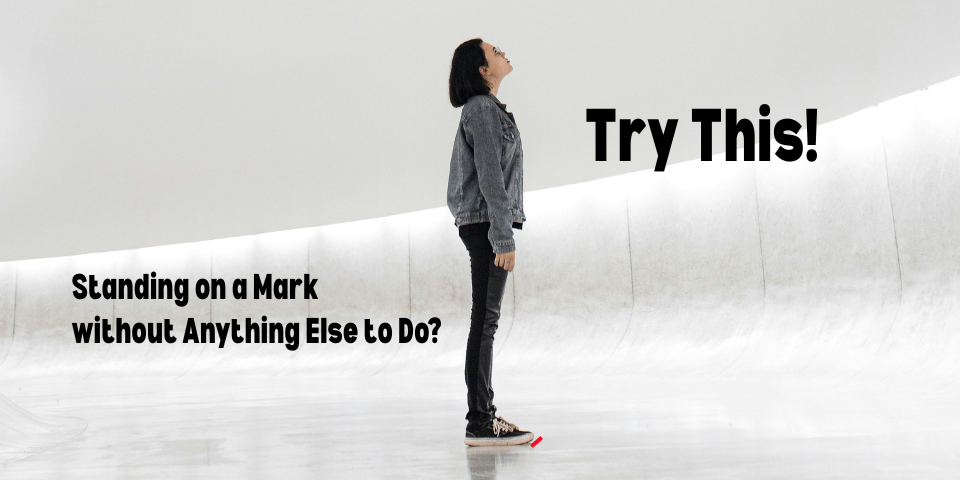From time to time, when you are standing in, more accurately you will “sit in” — that is, your actor will be seated in a chair, so you will sit for camera setups.
Of those times when you sit in, you may from time to time find that your actor plays the scene from a wheelchair.
Here are a few tips for when you are a stand-in for an actor who is in a wheelchair.
Marks
During marking rehearsal, the camera assistant will put a mark on the ground to signify different points where actors stood or landed in a scene.
When it comes to marking wheelchairs, the camera assistant may take any number of approaches to signify the actor’s place.
One way of marking a wheelchair is by placing a mark on the ground where the middle of the big wheel touches the ground. If the wheelchair moves to a different place in the scene, the mark will designate where the middle of the wheel landed in the new spot.
Other camera assistants may mark wheelchairs differently. If you are uncertain what the marks for your actor in the scene represent, simply ask the camera assistant for a clarification so that you can interpret the marks correctly.
Mounting and Dismounting the Wheelchair
Many wheelchairs have brakes, so getting into and out of a wheelchair with its brakes engaged will be easier than when the brakes are disengaged. When the brakes are disengaged, the wheelchair may move on you as you try to get in it or try to get out of it.
In general, try to get into the wheelchair when the brakes are engaged. If you don’t know how to engage the brakes, have a props person engage the brakes. Or, have a props person or another stand-in hold the handles for the wheelchair to help you get into the wheelchair safely.
Moving the Wheelchair
If your actor navigates the wheelchair in the scene, try to practice the movement while in the wheelchair. If you have the opportunity to do so, go through the wheelchair blocking as long as it is not disruptive to the camera setup or the work of the surrounding crew.
You can also take this time to find out how to engage and disengage the brakes.
Practicing working with the wheelchair will help you when it comes to second-team rehearsal, so that you aren’t spending second-team rehearsal figuring out the wheelchair and how to move it.
Sometimes You Won’t Be Needed
Given that wheelchairs are somewhat precarious, and given that some of the actors in them will find it easier to stay in them than get out of them, as the stand-in you may find you aren’t used as much when your actor is in a wheelchair in the scene.
Still, stay cognizant should you be needed to get in the wheelchair at a moment’s notice.
Do you have any tips for standing in in wheelchairs? Have you had any experiences to relay? Share your comments below!






Leave A Comment